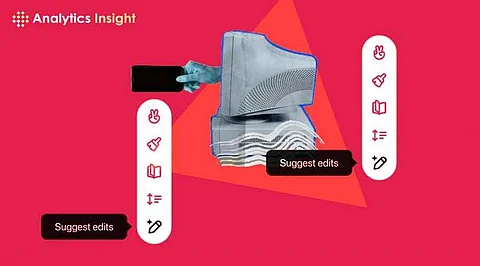

Canva has simplified designing for everyone, whether you're a complete newbie or someone who simply wants to make awesome visuals without having to mess around with difficult software. If you want to edit photos but don't want to waste hours learning how to do it, Canva's Photo Editor is a go-to. This tutorial simplifies everything in a way that works for the user, so they can get started immediately.
First things first: Users are going to need a Canva account. Signing up is free, and there's also a paid account that comes with additional tools. Once they’re in, they can add their own photos or choose from Canva's massive collection of stock images. After that, it's all about getting your image looking just the way you want.
Canva makes it easy with its basic editing tools. You can:
Crop to emphasize the most significant portion of your photo.
Resize to accommodate various platforms such as Instagram, YouTube thumbnails, or blog posts.
Rotate if your photo isn't aligned properly.
These tools assist in ensuring your photo appears clean and fits wherever you intend to use it.
Filters are also a fast option to alter your photo's mood—Canva offers a collection to pick from. But in case you wish to have extra control, you can manually adjust such things as:
Brightness: lightens or darkens the image
Contrast: adds depth to detail
Saturation: increases or decreases colour
There are also cool effects like blur, which is great for making backgrounds soft and vibrance, which makes colours more lively.
One of the greatest things about Canva is that you can place text and graphics directly over your images. It offers hundreds of fonts, and you can also customize:
Font size and type (bold, italics, all caps, etc.)
Text effects such as shadow, neon light, or outlines
Colour and position to ensure it stands out
In addition to that, Canva also provides you with stickers, icons, and shapes to enhance your design. Whether the user is creating a social media post, a flyer, or a meme, these add-ons make their photo more engaging.
If any user moves to Canva Pro, they have access to the Background Remover feature. With a single click, they can remove the background of an image. It's really handy for product photos, profile pics, or design work where you need a transparent background.
If you need an artistic flair, Canva has nice effects such as:
Glitch: For a retro, pixelated effect
Vignette: Darkens the edges to emphasize the centre
Liquify: Produces a wavy, skewed effect
They can also add frames to their images: plain borders, Polaroid-style frames, or fancier cutout designs.
Once the user’s photo looks perfect, it’s time to save and share. Canva lets one download their images in different formats like PNG, JPEG, or PDF. One can also post directly to Instagram, Facebook, or Twitter without leaving Canva. If anyone needs high-quality prints, they can choose a higher resolution before downloading.
Begin with high-quality photos: It's simpler to make an excellent photo exceptional than repair a poor one.
Be gentle with adjustments: Minor changes tend to be more effective than radical edits.
Experiment with various tools: Tinker with text, filters, and effects to determine what's best.
Save alternative versions: This will allow the users to return and modify later.
Canva Photo Editor is perfect for beginners because it’s easy to use but still gives the user plenty of creative options. Whether they’re editing pictures for social media, personal projects, or work, they don’t need to be a pro to make something awesome. Just explore, experiment, and have fun with it.
